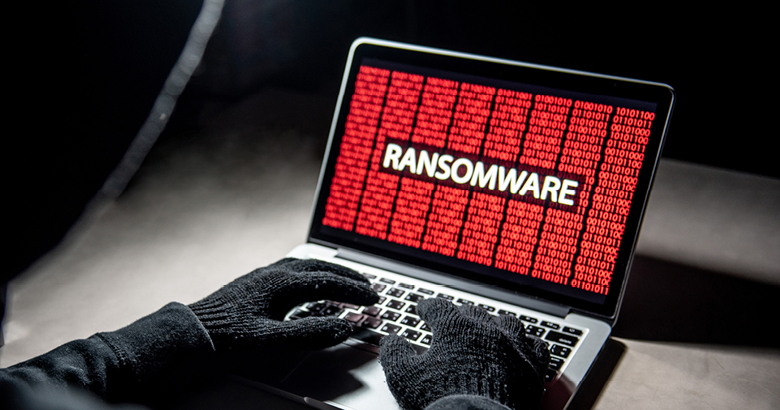October 3, 2021
Threat actors are always looking for ways to make the most money with the smallest effort and the lowest chance of being caught. One of the most profitable ways to make quick money is with crypto-ransomware attacks. That’s why ransomware attacks have seen a meteoric rise in the last few years, not in the least since the profits are highly rewarding and the chance of detection is very low.
To illustrate, 52% of breached enterprises and organizations paid the threat actors hoping to regain access to their encrypted files and systems, with payment averaging more than $312,000 globally in 2020. No industry is safe, e.g., the banking industry saw a staggering 1318% increase in ransomware attacks in the first half-year of 2021.
Ransomware attacks affect organizations around the world, with 49% of victims in the United States, followed by 7% in France, and 4% in Germany. The attack resulted in the shutdown of oil supplies and fuel shortages across the United States.
That’s why thousands of ransomware attacks occur on a daily basis, damaging numerous organizations worldwide with 37% of organizations already affected in 2020. According to experts, we can expect ransomware attacks to hit an organization every 11 seconds. Recent statistics show that 22% of all cyber incidents reported in the first quarter of 2021 were ransomware attacks, and according to the Information Commissioners Office, ransomware attacks are up by 11% compared to 2020.
Cybercriminals kept on attacking during the first half of 2021, showing no signs of slowing down. During the first half-year of 2021, malicious actors exploited dangerous vulnerabilities across different types of devices and operating systems, leading to major ransomware attacks that shut down entities such as fuel networks such as Colonial Pipeline, which paid $5m in ransom. All in all, a staggering 7.3 million ransomware threats, that were highly sophisticated, targeted, and complex, were detected during H1 2021.
Darkside ransomware is used by threat actors to infect organizations and enterprises to block access to their systems and files. After breaching, the threat actors encrypt files and send the compromised enterprise or organization a ransom note promising to send a description key upon paying the ransom in cryptocurrency to the threat actors.
This means that organizations, municipalities, enterprises, and businesses need to find a way to protect against ransomware attacks and also find a way how to protect against ransomware attacks, also since governments are cracking down on crypto-ransom payments.
Due to the obfuscated nature of ransomware attacks, investigators must identify the severity of recent ransomware attacks and find ways to prevent ransomware attacks. For getting excellent ransomware protection, it’s best to use an automated, AI-powered threat detection solution that uses ML and NLOP algorithms to automatically collect and analyze fraudulent email addresses by using quality scores.
This allows for immediate viewing of a fraud score of analyzed IP addresses, email addresses, and URLs as well as domains to identify sophisticated bad actors and high-risk behavior related to ransomware and other cyber attacks.
Ideally, all that such an organization has to do, is add an email address to the search query. The solution should be able to allow the user to instantly view the various malware types, including ransomware, connected to that email address. Such a threat intelligence solution includes hashes, filenames, and IP addresses. The results are presented in a comprehensive, automatically generated, report.
Once the threat intelligence solution generates and advances connection graphs to presents the complete threat landscape emphasizing the risk level for each asset, the user will be able to identify and prevent a ransomware attack. Such a solution, such as the one of Cobwebs, can protect regardless of geographic location, language, or cryptocurrency use.
Share:

Request a Demo
"*" indicates required fields